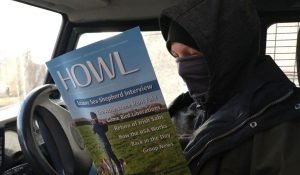

Author and activist Bob Berzins continues his series of posts looking at the horrors of the shooting industry.
Pheasants and red-legged partridges are not native to the UK but over 40 million of these birds are released into our countryside every year.
They are bred in factory farms in the UK and Europe and in 2020 around 5 million were imported from abroad, so those chicks and poults (slightly bigger birds) suffer a multi-day journey as well. The weight of all these birds is greater than the total native UK wild bird population and it doesn’t need a scientist to tell us these pheasants and partridges will have a huge effect on our environment and native wildlife. Around 40% are shot so, every year, 24 million pheasants and partridges die of disease, predation and on our roads.
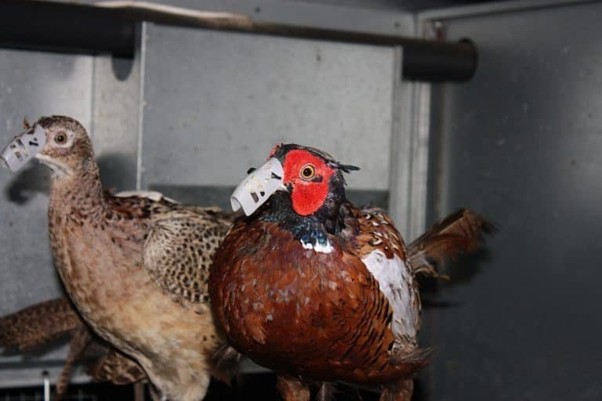
Pheasant shooting is a cruel and brutal bloodsport. Those birds that live long enough to be shot often face an agonisingly slow death from embedded shotgun pellets. This bloodsport is a royal family tradition with a Boxing Day shoot at Sandringham, and even with a new generation of royals there’s no sign their shooting will end.
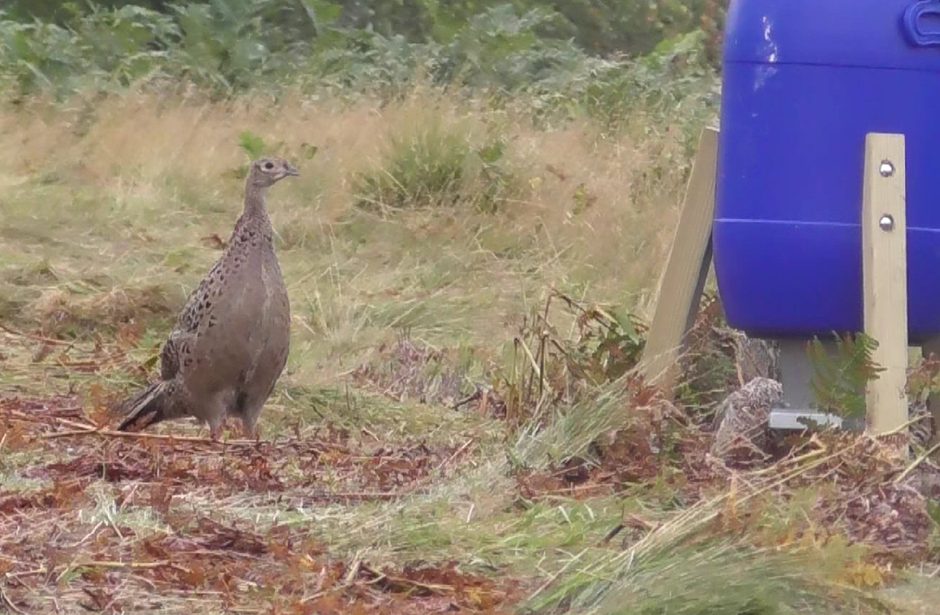
Every stage of a pheasant’s short life is controlled by breeders and shoots with a callous disregard to animal welfare and this cruelty starts at the game farm. Animal Aid revealed the horror of these places in this investigation.
“Many of the pheasants and partridges are confined in metal, battery-style units, which cause so much stress and anguish to the incarcerated birds that they resort to attacking one another. To prevent the birds from killing one another, gamekeepers put ‘bits’ or other devices on their beaks to restrict their beak. The horrors we found came, sadly, as no great surprise. The entire site was in an atrocious state of neglect with some dead, cannibalised pheasants in cages, and more dead birds in a large enclosure. There was also a large number of dead corvids near the pheasants.”
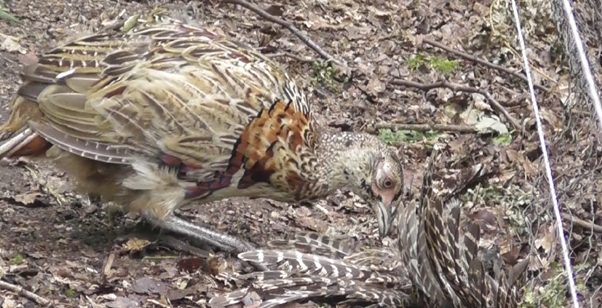
Pheasants are released into open top pens at 7-10 weeks old and partridges are released into closed top pens at 13 weeks old. The disgusting conditions of game farms continue at these release pens, usually located at shoots.
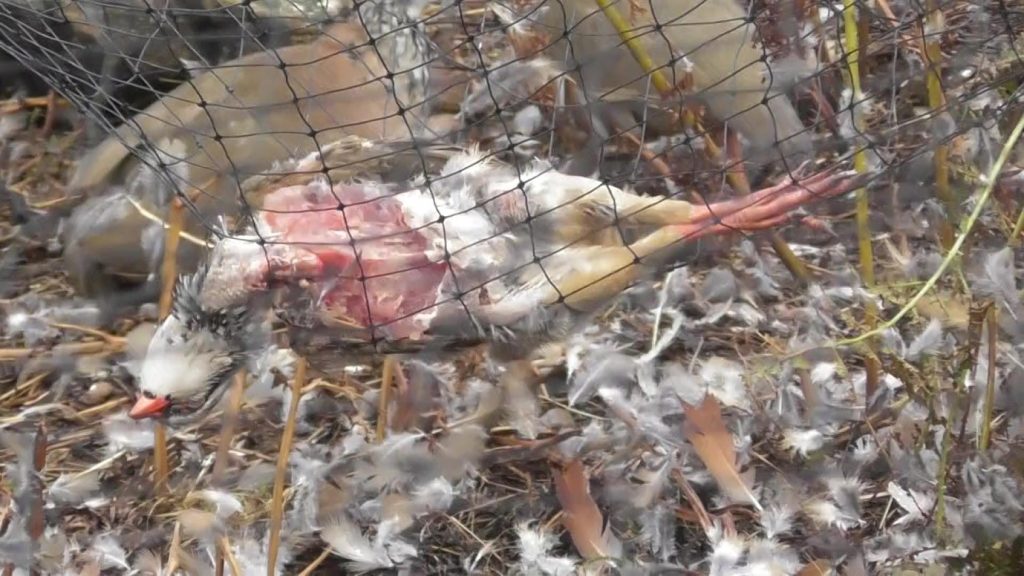
Partridge or pheasant chicks cost about £1.50 each from a breeder and are treated as disposable with 60% not expected to make it to shoot day. Yet gamekeepers are employed to minimise “losses” by trapping, shooting and sometimes poisoning predators. These activities are concentrated in small areas – pheasants even when released congregate near grain feeders until shoot day. Carcasses around release pens aren’t cleared away and along with birds killed on roads there’s a huge and unnatural amount of carrion which will attract even more predators to the area.
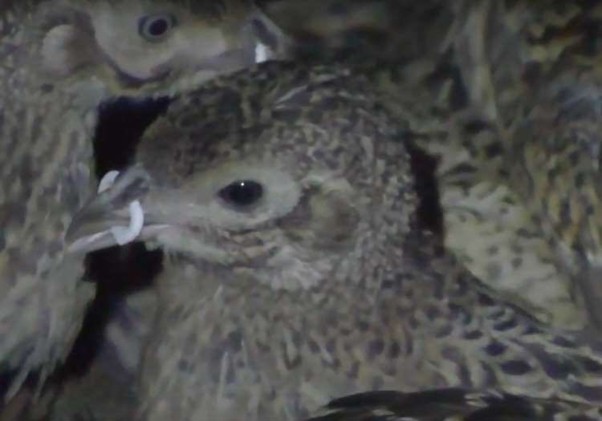
The postcode district with the highest density of pheasant releases in the UK is YO61 in North Yorkshire which has over a million pheasants, with just a dozen estates involved in rearing and releasing them. So, we’re talking huge numbers of pheasant and partridge which spill out of woodland release sites onto the roads and at this point they’re not the responsibility of breeders or shooters anymore because they have changed from livestock in breeding pens to wild birds just outside.
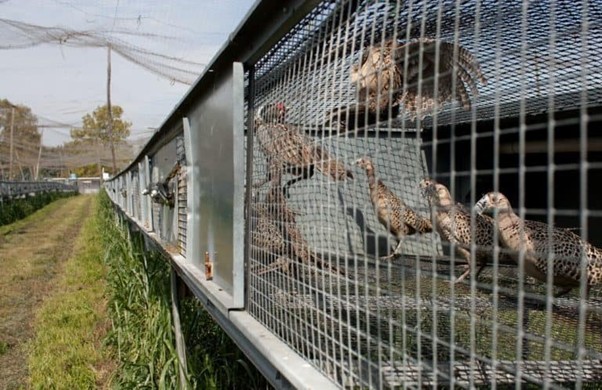
Shooters pay around £1400 to kill 200 – 400 birds in a day. The shooting industry has tried to sanitise these activities by claiming all these birds are eaten. The reality is that most carcasses are dumped. There’s an ongoing thread on Raptor Persecution UK where people have sent photos of dumped pheasants at virtually every corner of the country. And they’re also favoured bait for gamekeepers at trapping/snaring sites:
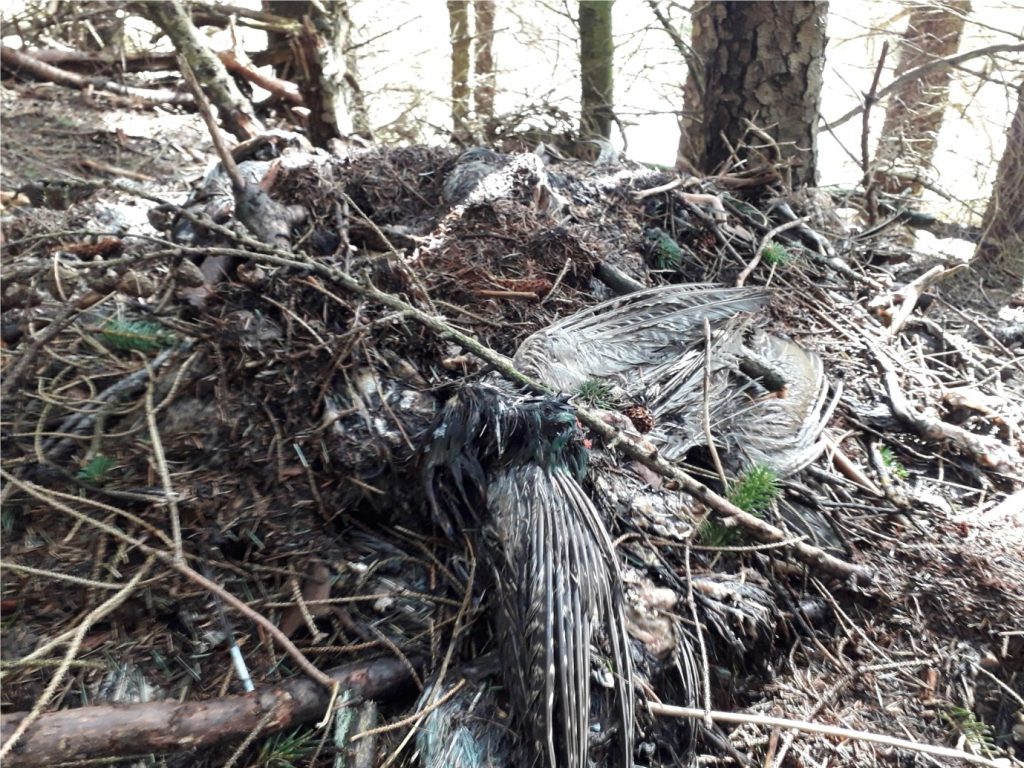
With such high concentrations of birds in appalling sanitary conditions it’s no surprise the global outbreak of bird flu has spread to game farms such as this one adjacent to that North Yorkshire postcode with the million pheasants. Restrictions are in place, but this may be one of many such outbreaks – dead birds should be notified to APHA (Animal and Plant Health Authority part of Defra). I’ve made reports on a number of occasions but the system for dealing with these is secretive with no feedback and APHA obviously expect a huge number of fatalities at pheasant breeding and release sites so only a few birds will ever be tested for disease. It really does seem government departments do everything they can to facilitate bloodsports.
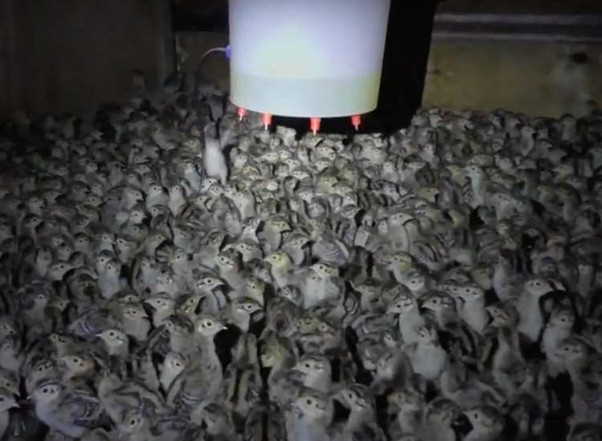
And research is only just beginning to uncover the effects of millions of pheasants on human health as well as the environment. The prevalence of ticks in our countryside is increasing along with tick borne diseases such as Lyme disease. This study shows the bacteria for causing Lyme disease is 2.5 times greater in pheasant release areas putting us all at risk.
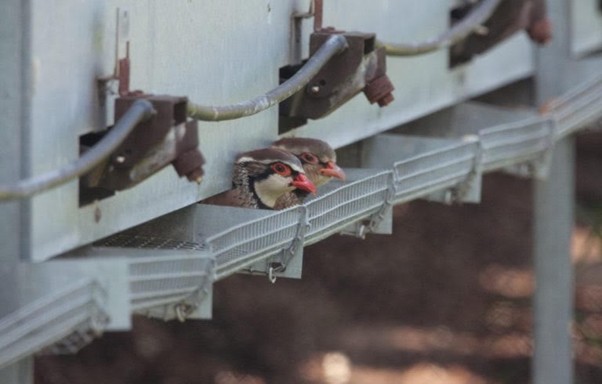
Red-legged partridge chicks and poults are being moved to release sites in the next few weeks, followed by pheasants. If you see a pheasant in a hedge or roadside verge it’s a clear sign of a release area and shoot nearby and these sites are found throughout the UK.
The pheasant and partridge shooting industry is catastrophic for the environment and our own health.
Please help stop shooting by joining the HSA here.
We are the only organisation that works directly in the field to save wildlife through direct action.
| Cookie | Duration | Description |
|---|---|---|
| cookielawinfo-checkbox-analytics | 11 months | This cookie is set by GDPR Cookie Consent plugin. The cookie is used to store the user consent for the cookies in the category "Analytics". |
| cookielawinfo-checkbox-functional | 11 months | The cookie is set by GDPR cookie consent to record the user consent for the cookies in the category "Functional". |
| cookielawinfo-checkbox-necessary | 11 months | This cookie is set by GDPR Cookie Consent plugin. The cookies is used to store the user consent for the cookies in the category "Necessary". |
| cookielawinfo-checkbox-others | 11 months | This cookie is set by GDPR Cookie Consent plugin. The cookie is used to store the user consent for the cookies in the category "Other. |
| cookielawinfo-checkbox-performance | 11 months | This cookie is set by GDPR Cookie Consent plugin. The cookie is used to store the user consent for the cookies in the category "Performance". |
| viewed_cookie_policy | 11 months | The cookie is set by the GDPR Cookie Consent plugin and is used to store whether or not user has consented to the use of cookies. It does not store any personal data. |